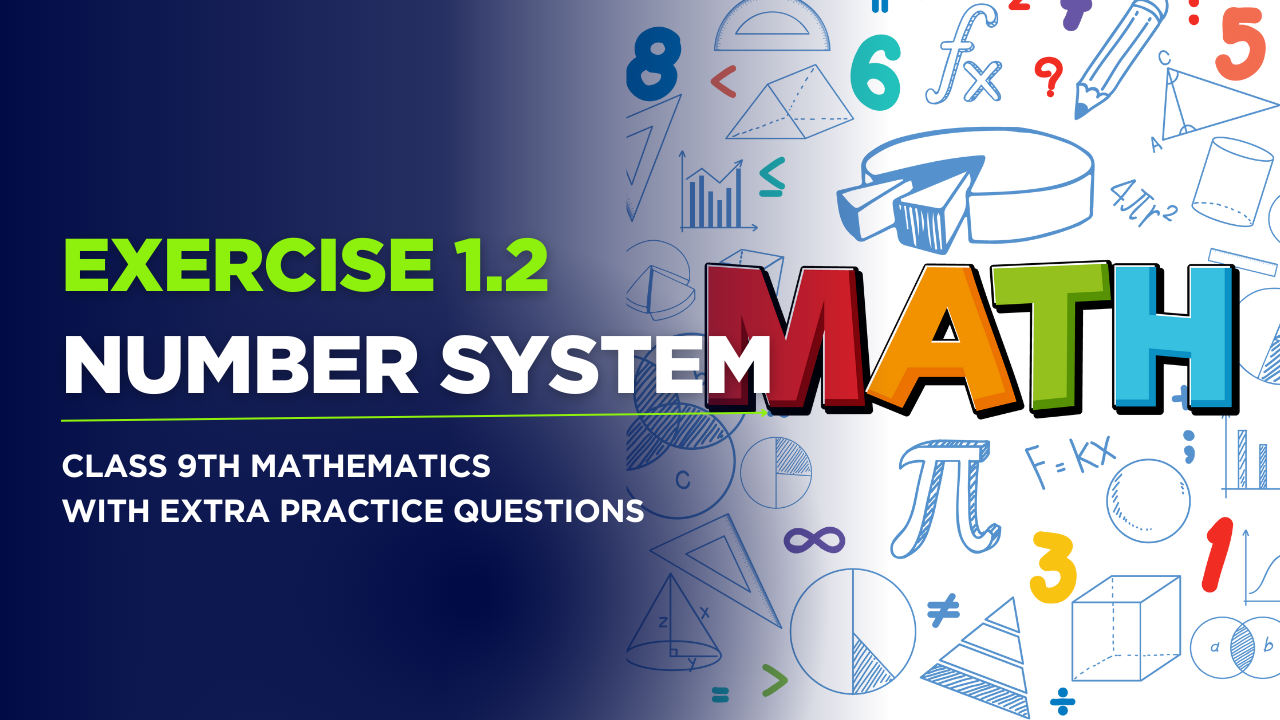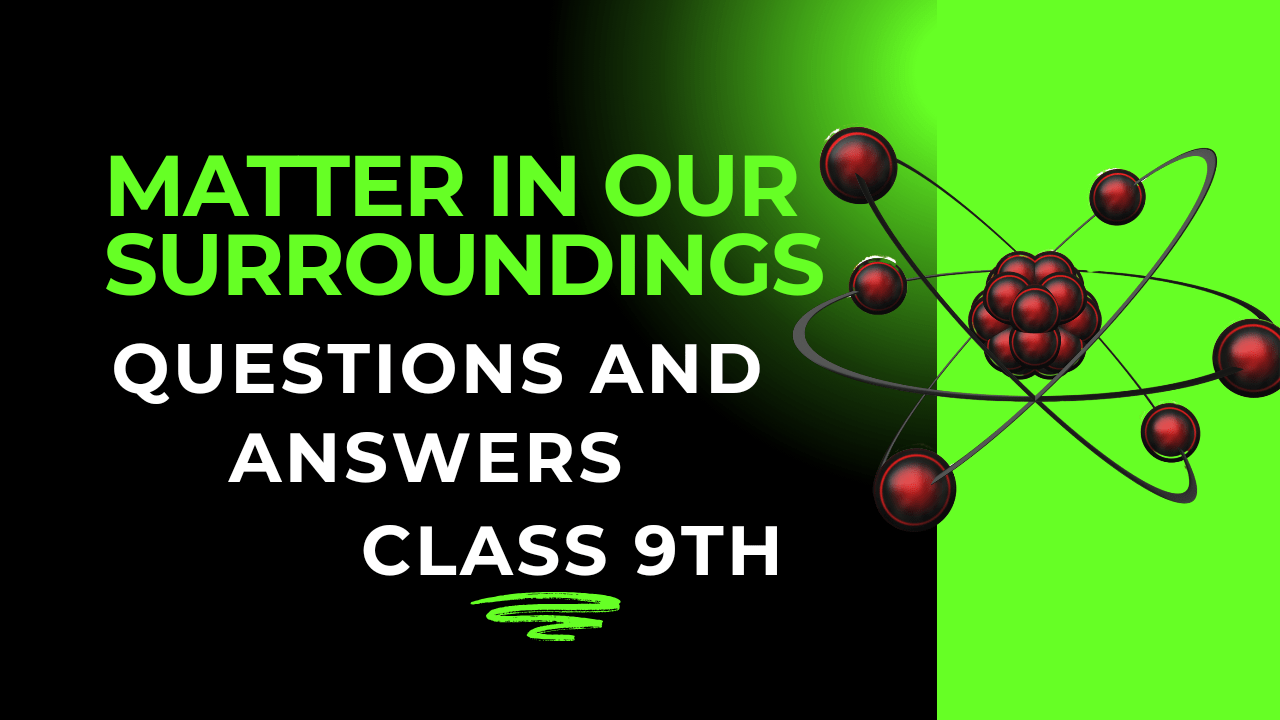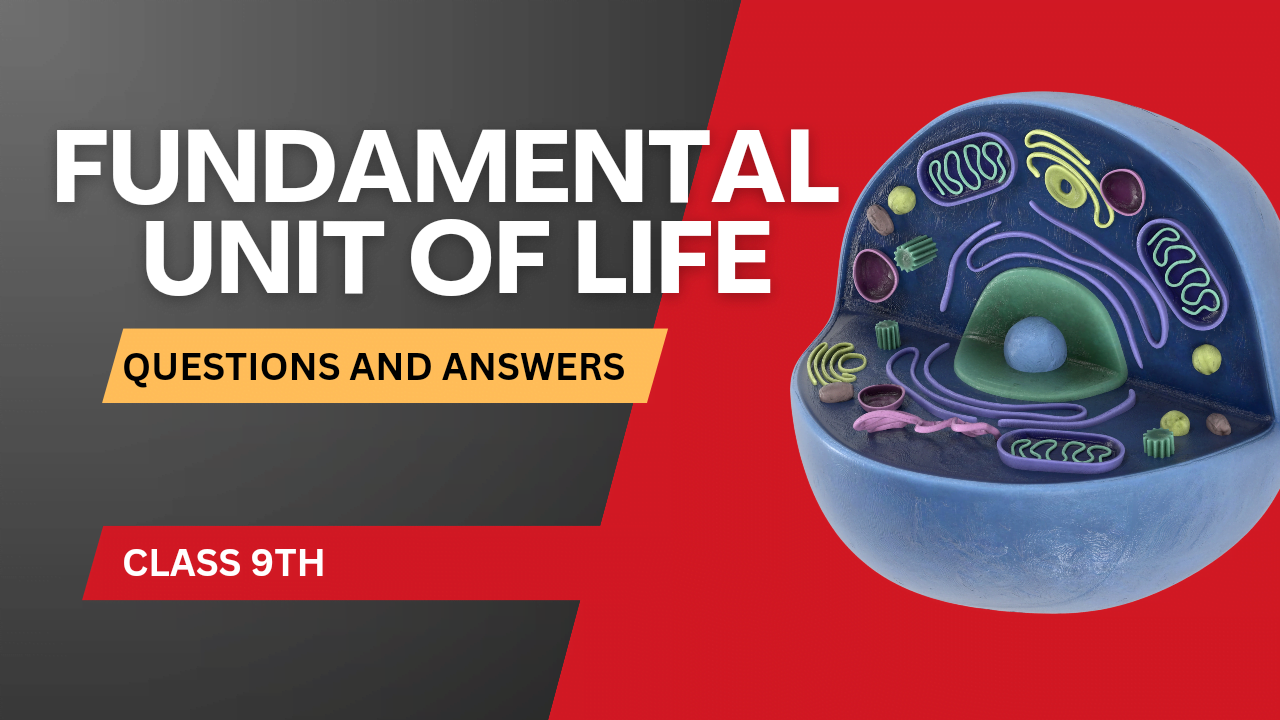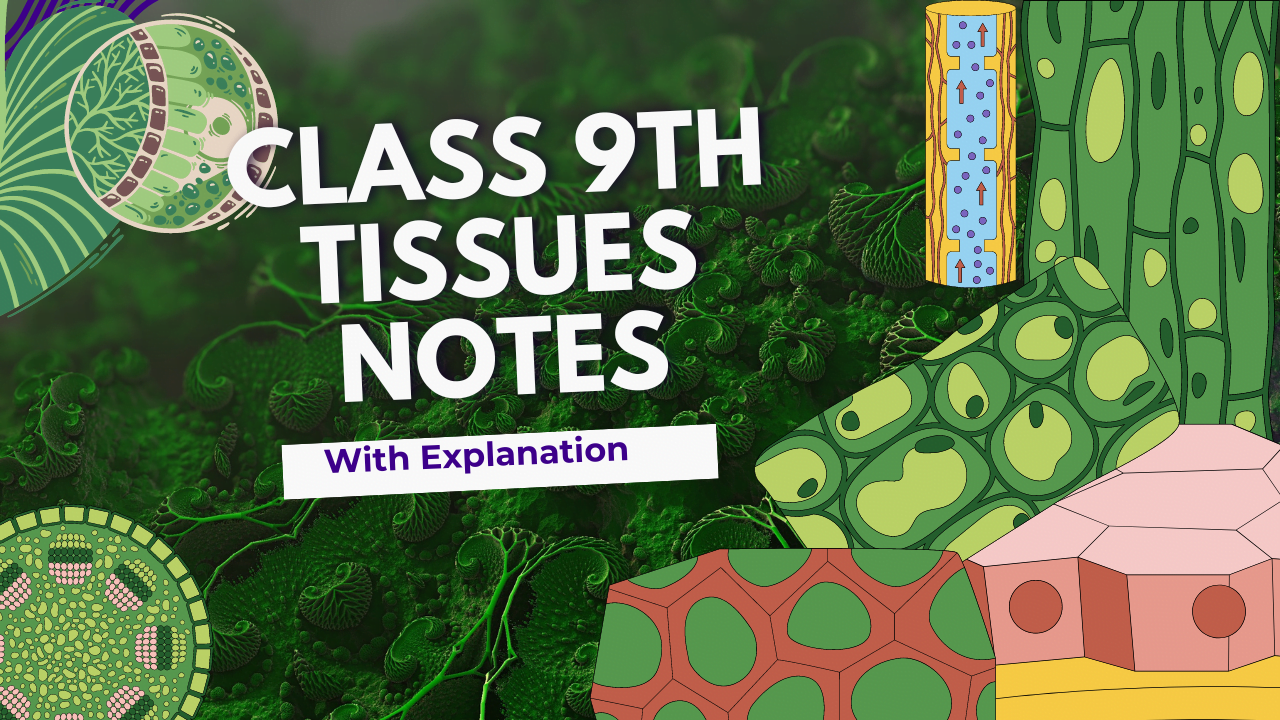Class 9 Maths Chapter 1: Number Systems
class 9th maths exercise 1.2
Question 1: State True/False with justification
(i) Every irrational number is a real number.
True: Real numbers consist of both rational and irrational numbers (\(\mathbb{R} = \mathbb{Q} \cup \mathbb{I}\))
(ii) Every point on the number line is of the form \(m\), where \(m\) is natural number.
False: The number line includes fractions (\(\frac{1}{2}\)), negatives (\(-3\)), and zero which aren’t natural numbers
(iii) Every real number is an irrational number.
False: Real numbers include rational numbers like \(2\), \(0.75\) which are not irrational
Question 2: Are square roots of all positive integers irrational?
No. Perfect squares have rational roots:
Example: \(\sqrt{4} = 2\) (rational), \(\sqrt{9} = 3\) (rational)
Question 3: Represent \(\sqrt{5}\) on number line
Step-by-Step Construction:
- Draw horizontal number line with 0 marked as O
- At 0, construct vertical line segment OA = 2 units
- From A, measure AB = 1 unit horizontally to point B(2,0)
- Using Pythagoras theorem: \[ OB = \sqrt{OA^2 + AB^2} = \sqrt{2^2 + 1^2} = \sqrt{5} \]
- Using compass, draw arc with radius OB from O to mark \(\sqrt{5}\) on number line
Key Concepts
- Real numbers: Union of rational and irrational numbers
- Number line contains all real numbers
- Geometric representation using Pythagoras theorem
Practice Questions
1. Is \(\pi\) a real number? Justify
Yes, \(\pi\) is irrational but belongs to real numbers
2. Represent \(\sqrt{3}\) on number line
Construct right triangle with sides \(\sqrt{2}\) and 1:
\[
\sqrt{(\sqrt{2})^2 + 1^2} = \sqrt{3}
\]
3. True/False: All real numbers are rational
False: Real numbers include irrational numbers like \(\sqrt{2}\)
4. Give an irrational number between 2 and 3
\(\sqrt{5}\) ≈ 2.236 (any non-perfect square root)
5. Simplify: \(\sqrt{\frac{25}{16}}\)
\(\frac{\sqrt{25}}{\sqrt{16}} = \frac{5}{4}\)




